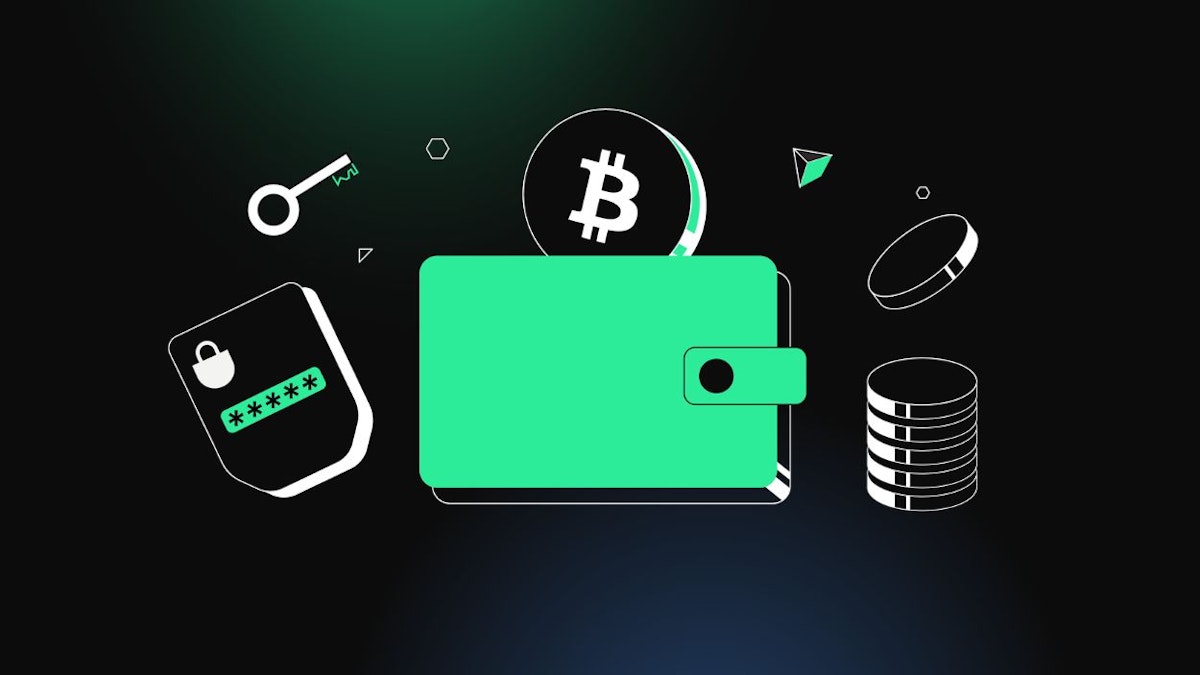What is a native token?
Every blockchain has its own in-built “fuel”. This is the native token – the original digital asset of a blockchain that enables transactions, rewards validators and keeps the network secure.
Think of it like the local currency in a country. You might bring euros (€) to the UK, but if you want to buy a coffee, you’ll need to exchange them for pounds (£) first. Similarly, on a blockchain, if you want to do anything – from sending tokens to interacting with smart contracts – you’ll need the chain’s native token.
Some well-known examples are:
Bitcoin (BTC): native token of the Bitcoin network
Ether (ETH): native token of the Ethereum network
BNB: used on BNB Chain
SOL: powers the Solana blockchain
Some native tokens also unlock extra functionality, like staking, voting, or accessing exclusive features within the blockchain ecosystem. Their role isn’t limited to payments – as they’re often essential for governance, participation and growth.
Without native tokens, blockchain networks couldn’t process transactions, stay secure or function at scale. In short, they’re what makes the whole system run.
Native tokens vs. non-native tokens
To understand native tokens better, let’s compare them with other types of tokens that live on top of blockchains:
1. Utility tokens
Utility tokens give you access to a product or service within a blockchain-based platform. They’re usually created using smart contracts, not by the blockchain itself. Unlike native tokens, utility tokens aren’t required to pay gas fees or validate transactions.
2. Security tokens
Security tokens represent ownership in a real-world asset – like stocks in a company, bonds or property – and are subject to financial regulations. They’re often issued to raise capital and can offer dividends, voting rights or profit-sharing.
Unlike utility tokens, security tokens are considered investments under financial law. They come with legal protections and obligations.
Want to dive deeper? Read our guide on the difference between utility tokens and security tokens.
3. Governance tokens
Governance tokens allow holders to vote on the future of a protocol or decentralised application (DApp). These tokens often double as utility tokens, giving both access and influence. While governance tokens help steer a project, they aren’t involved in the security or core infrastructure of the blockchain.
4. Wrapped tokens
Wrapped tokens are copies of a native token, represented on a different blockchain. They make it possible to use Bitcoin on Ethereum-based platforms, for instance.
Wrapped tokens are convenient for cross-chain trading, but they rely on custodians or smart contracts to maintain their value. They don’t play a direct role in maintaining blockchain integrity.
Bitpanda DeFi Wallet and Vision
If you’re diving into the decentralised world with the Bitpanda DeFi Wallet, there’s one token you’ll want to keep an eye on from the start: Vision.
Vision is the native token of Bitpanda’s Web3 ecosystem. That means it’s designed not just to power transactions, but to tie together everything you do across the Bitpanda Web3 experience. Whether you’re swapping assets, earning rewards or exploring new dApps, Vision is the token that supports it all.
Just like you need ETH for Ethereum or AVAX for Avalanche, the Bitpanda DeFi Wallet relies on Vision to cover gas fees on supported networks. It acts as your access pass, letting you interact seamlessly with multiple chains while staying anchored in the Bitpanda ecosystem.
So even if you're trading stablecoins or using DeFi tools, it’s Vision working in the background, making things happen smoothly and securely.
Want to see it in action? Explore what’s possible with Bitpanda Web3. Full control, full transparency – powered by Vision.
